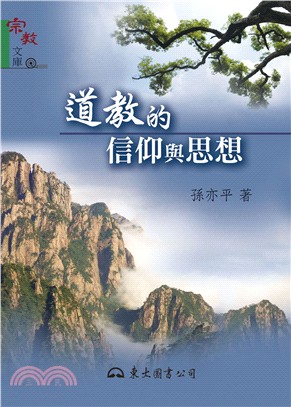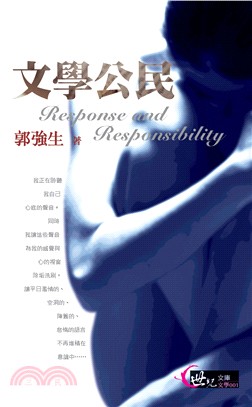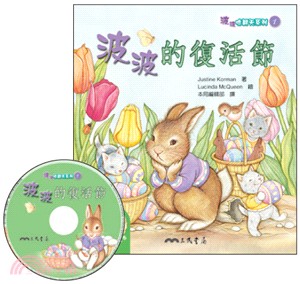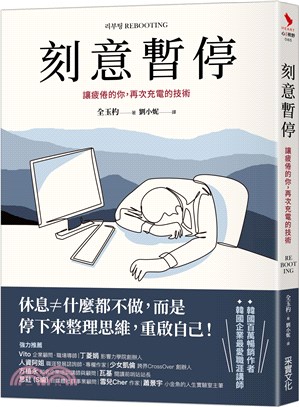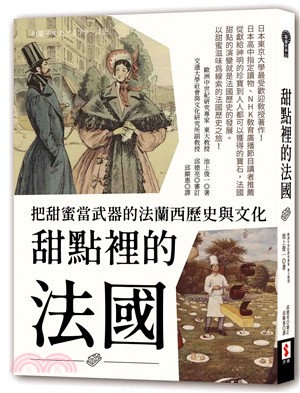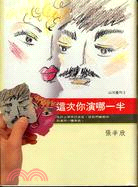Transportation & Technology in iran, 1800-1940
商品資訊
相關商品
商品簡介
商品簡介
Only 100 years ago the main means of transportation in Iran was by quadruped. Transportation & Technology in Iran, 1800-1940, by renowned Iranian studies scholar Willem Floor is an in-depth, illustrated, four-part study of the subject. Until the 1920s Iran had no more than 700 kilometers of roads suitable for motor vehicles, which situation greatly impeded Iran's economic development. Caravans traveled 40 km/day, though travelers in a hurry could cover 150 km/day when using the courier system (chapar), which is the subject of part 1. Wheeled transportation, (in part 2 of the books) was rare and limited to only a few parts of country due to the lack of roads. This situation underwent change when carriages became popular in urban areas and on the few modern roads after 1890. Motorized transportation grew in importance after 1921 and really took off in the 1930s, with the construction of a new road network. As a result, newer, more powerful trucks reduced the cost of transportation significantly, thus lowering the cost of retail goods. The increase of motorized transport also meant that car dealers, import rules, mechanics, garages, supply of spare parts, and gasoline distribution as well as traffic regulations had to be created ex nihilo; All these processes are detailed in the book. Like cars, bicycles and motorcycles also were increasingly used as of the 1920s, thus increasing choice in people's mobility. More road traffic also implied that travelers needed places to spend the night and eat. The change from caravanserais to guest-houses and hotels is discussed in part 3. These changes in transportation methods did not come alone, for other modern tools of change such as the sewing machine and the typewriter also made their appearance and had a major impact on people's availability and use of time. Finally, the piano made its entry onto the Iranian musical scene, and although not perfectly in tune with the traditional Iranian musical system, it is now as much part of music making in Iran as the tar and santur (part 4 of the book). All these changes and new technologies did not happen overnight or without problems, and slow adoption initially was limited to the upper-class. However, with falling prices and changing needs and policies these new technologies eventually reached a larger public and the idea that they once were 'exotic' and 'out of reach' is now inconceivable to Iranians. The studies in this book provide a new vantage point and understanding of the transfer of modern technology for scholars of the social-economic and cultural history of the Middle East.
主題書展
更多
主題書展
更多書展本週66折
您曾經瀏覽過的商品
購物須知
外文書商品之書封,為出版社提供之樣本。實際出貨商品,以出版社所提供之現有版本為主。部份書籍,因出版社供應狀況特殊,匯率將依實際狀況做調整。
無庫存之商品,在您完成訂單程序之後,將以空運的方式為你下單調貨。為了縮短等待的時間,建議您將外文書與其他商品分開下單,以獲得最快的取貨速度,平均調貨時間為1~2個月。
為了保護您的權益,「三民網路書店」提供會員七日商品鑑賞期(收到商品為起始日)。
若要辦理退貨,請在商品鑑賞期內寄回,且商品必須是全新狀態與完整包裝(商品、附件、發票、隨貨贈品等)否則恕不接受退貨。













